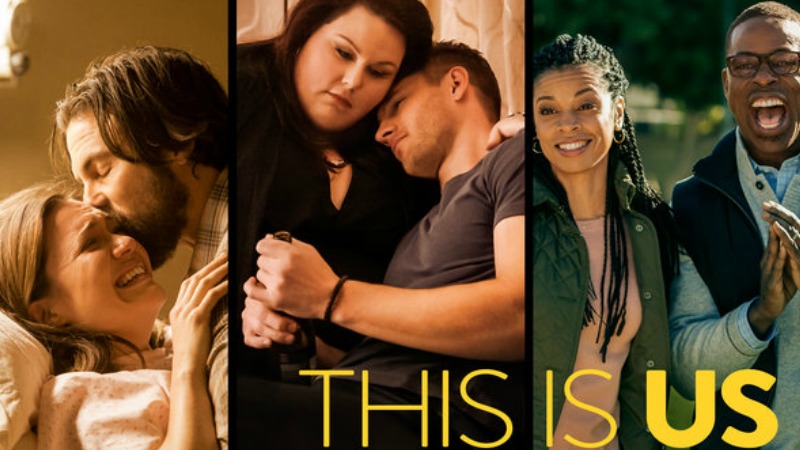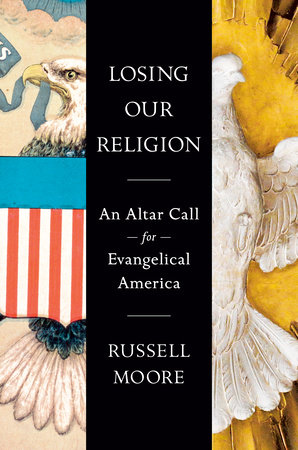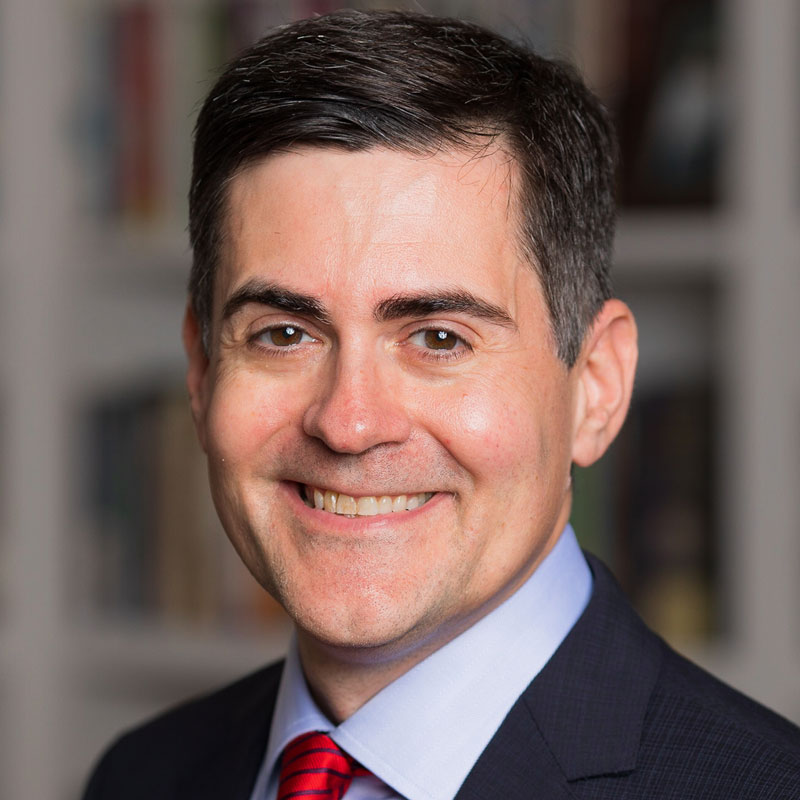The words “evangelical” and “fundamentalist” have very little meaning. For some, a “fundamentalist” is anyone who believes in miracles. For others, it necessitates a King James only Bible or a pre-trib Rapture or even a certain sort of public posture. At an American Baptist Churches General Assembly, I’d be considered a hardcore fundamentalist. At a KJV-only independent Baptist Bible camp, I probably wouldn’t be counted.
And “evangelical” includes, for some people, everyone from J. I. Packer to T. D. Jakes to Brian McLaren. That can get confusing, especially to those on the outside of our circles.
A few years ago, a friend of mine, the inimitable John Mark Reynolds, attempted to explain, simply, some of the differences for our friends on the outside of conservative Protestantism. Picking up on the old definition, “An evangelical is a fundamentalist who likes Billy Graham,” Reynolds said, “An evangelical is a fundamentalist who watches The Office.”
I tried my hand at explaining the spectrum, with tongue in cheek, using Halloween as a Rorschach test. I posted it over at the First Things group blog. Here goes.
An evangelical is a fundamentalist whose kids dress up for Halloween.
A conservative evangelical is a fundamentalist whose kids dress up for the church’s “Fall Festival.”
A confessional evangelical is a fundamentalist whose kids dress up as Zwingli and Bucer for “Reformation Day.”
A revivalist evangelical is a fundamentalist whose kids dress up as demons and angels for the church’s Judgment House community evangelism outreach.
An Emerging Church evangelical is a fundamentalist who has no kids, but who dresses up for Halloween anyway.
A fundamentalist is a fundamentalist whose kids hand out gospel tracts to all those mentioned above.
A version of this article originally ran on November 30, 2012.






